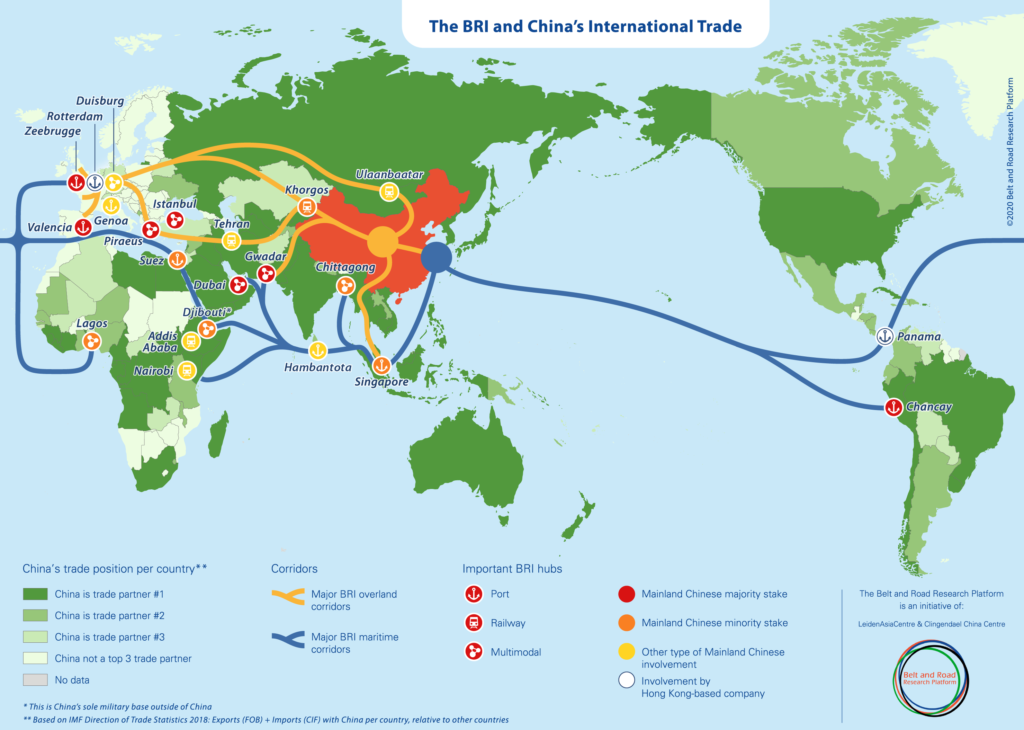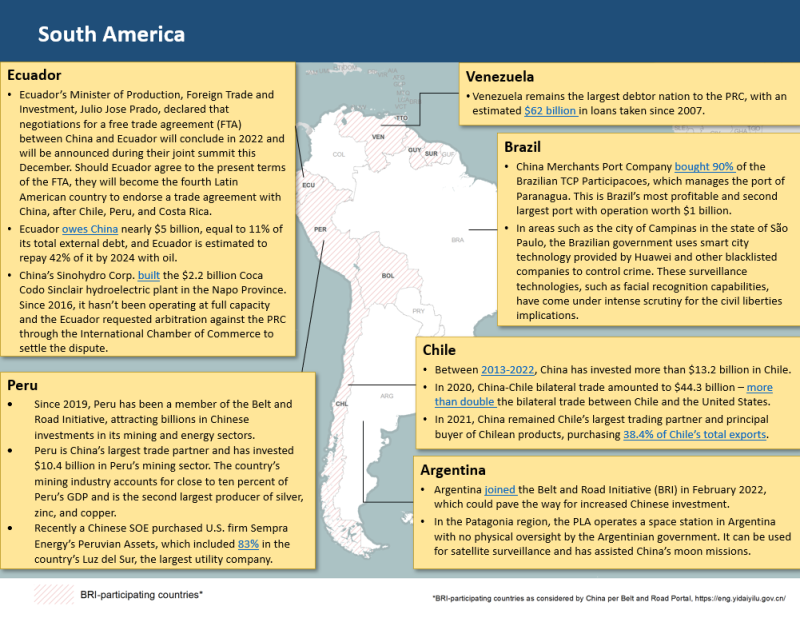
Since 2013, when it was launched by President Xi Jinping in Kazakhstan and Jakarta, the Belt and Road Initiative (BRI) has developed very fast. Initiated by China, it was meant to assist developing countries in need of building infrastructure, which needs much funding and investment. But since its inception, the BRI has undergone changes to become a common endeavor of many countries and international organizations for joint cooperation in infrastructure projects.
Immediately after its inception, it was recognized that the BRI should be broadened beyond infrastructure development, and include cooperation on trade, finance and people-to-people relations to get off the ground effectively. As the program has become very big and all-encompassing, it has become a global effort.
At the Second BRI Forum held on April 24 to 26 in Beijing, 126 countries and 29 international organizations signed BRI cooperation agreements. This, indeed, marked an important development
This article was published in thejakartapost.com with the title “Insight: Seeking global cooperation through Belt and Road Initiative”. Click to read: https://www.thejakartapost.com/academia/2019/05/13/insight-seeking-global-cooperation-through-belt-and-road-initiative.html.
***********************************************************************************************************
Trade in goods between China and countries and regions along the Belt and Road registered a volume of more than 6 trillion U.S. dollars from 2013 to 2018, during which more than 244,000 jobs were created for the locals. China’s direct foreign investment under the framework has exceeded 90 billion dollars.
According to Bernadette Deka-Zulu, executive director of the Policy Monitoring and Research Center in Zambia, China has already shown commitment and earnest in the BRI process and it was up to individual partner countries to tap into the initiative and come up with programs that will yield their desired benefits.
In the past six years, China has signed 173 cooperation documents with its BRI partners, which include currency swap agreements with 20 countries along the Belt and Road and RMB clearing arrangements with seven countries.
The China-Europe freight trains, connecting China with 50 cities in 15 European countries, had completed more than 14,000 trips by the end of March 2019.
Moreover, the BRI is actively seeking alignment with other national or regional development plans, including African Union’s Agenda 2063, Russia’s Eurasian Economic Union, Italy’s InvestItalia program, Saudi Arabia’s Saudi Vision 2030, Kyrgyzstan’s 2040 National Sustainable Development Strategy, and Mongolia’s Development Road program, among others.
At home, the BRI also seeks to facilitate the development plans of the Beijing-Tianjin-Hebei region, the Yangtze Economic Belt and the Guangdong-Hong Kong-Macao Greater Bay Area, securing tangible benefits for the Chinese people.
The BRI, with the principle of extensive consultation, joint contribution, and shared benefits, helps bring mutually beneficial cooperation to a much greater level.
Source: http://www.xinhuanet.com/english/2019-09/14/c_138391095.htm


****************************************************************************
List of Countries that have signed a MOU (Memorandum of Understanding) in principle with China relevant to the BRI (Belt & Road Initiative)
The countries of the Belt and Road Initiative (BRI) are spread across all continents:
- 44 countries are in Sub-Saharan Africa
- 35 BRI countries are in Europe & Central Asia
- 25 BRI countries are in East Asia & Pacific (including China)
- 21 BRI countries are in Latin America & Caribbean
- 18 BRI countries in Middle East & North Africa
- 6 countries are in South East Asia
The BRI also works with 18 countries of the European Union (EU) and 9 countries of the G20. Cont’d
Source: https://greenfdc.org/countries-of-the-belt-and-road-initiative-bri/
Comment: I’ve watched with interest and been wary, since China continued to build airports and infrastructure since 2014 in countries like the Philippines or Sub-Sahara in Africain 2017 . They control much of the pricing of minerals world wide, due to demand. Most of their mining development in other countries is done by Chinese nationals and limited involvement with the regional populace. They also retain ownership of that infrastructure – roads, airports, facilities, and commercial assets.
